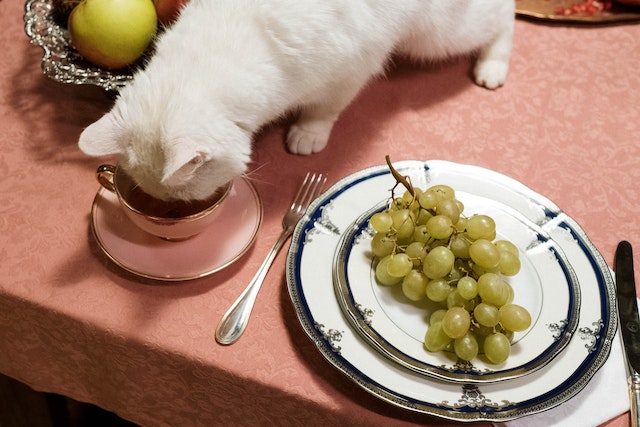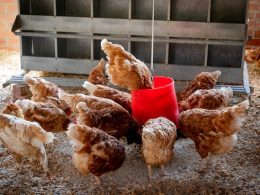Introduction:
A balanced and nutritious diet is essential for cats to thrive due to their unique nature. To be a responsible cat owner, it is essential to have knowledge about your cat’s dietary requirements. Make educated decisions regarding what they eat. In this comprehensive guide, we will delve into the important aspects to think about and offer valuable tips to assist you in selecting the optimal food for your cherished feline companion.
Exploring the Dietary Requirements of Your Feline Companion
Cats are strict carnivores, meaning their bodies are specifically adapted to obtain necessary nutrients from protein sources found in animals. Protein is essential for a cat’s health and should comprise a substantial part of their meals. Furthermore, cats need certain amino acids, vitamins, and minerals in order to maintain good health and overall wellness.

Important Factors to Take Into Account When Selecting Cat Food
When choosing cat food, there are several crucial aspects to take into account. The initial step is to examine the list of ingredients. Search for protein-rich foods like chicken, fish, or beef mentioned as the main components. Steer clear of foods that have an abundance of unnecessary fillers, by-products, or synthetic additives.
Moreover, take into account your cat’s age, level of activity, and any particular dietary needs they may have. Select food that is designed for the specific life stage of kittens, adult cats, or senior cats to ensure they receive the appropriate nutrition. If your cat has any existing health conditions or allergies, it is recommended to seek advice from a veterinarian for appropriate food choices.
Understanding Cat Food Labels: Essential Factors to Consider
Being able to interpret cat food labels is essential for making knowledgeable decisions. Check for packaging labels that indicate the food meets the requirements and regulations set by recognized organizations like the AAFCO. This guarantees that the food has been subjected to specific tests and meets the required nutritional standards.
Make sure to focus on the guaranteed analysis portion. The document includes details about the required minimum protein, fat, and fiber levels in the food. It’s crucial to follow the recommended feeding guidelines to make sure you’re giving your cat the correct amount of food.
Successfully switching your cat’s diet requires some helpful tips and tricks.
To avoid upsetting your cat’s stomach, it is important to introduce a new diet gradually when making a switch. Begin by gradually combining small portions of the new food with the existing food. Slowly introduce and increase the amount of the new food over the course of a few days. Observe your cat’s reaction during the change and make changes accordingly.
Conclusion:
Choosing the right cat food is crucial for ensuring your feline friend’s optimal health and wellness. By gaining knowledge about what your cat requires in terms of nutrition, taking important factors into account when selecting cat food, interpreting labels accurately, and making a smooth transition to a different diet. You can ensure that your cat receives a well-rounded and nutritious meal. It is always helpful to seek advice from your veterinarian when deciding on your cat’s diet.












